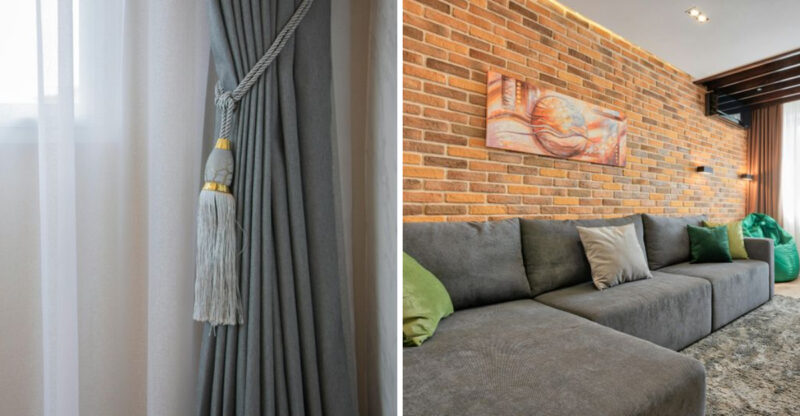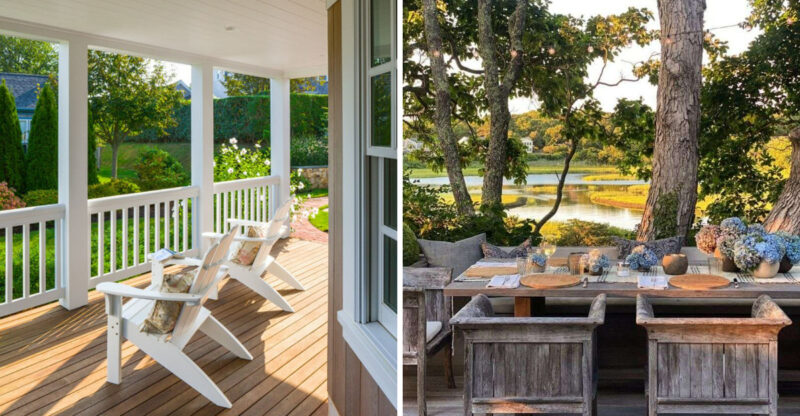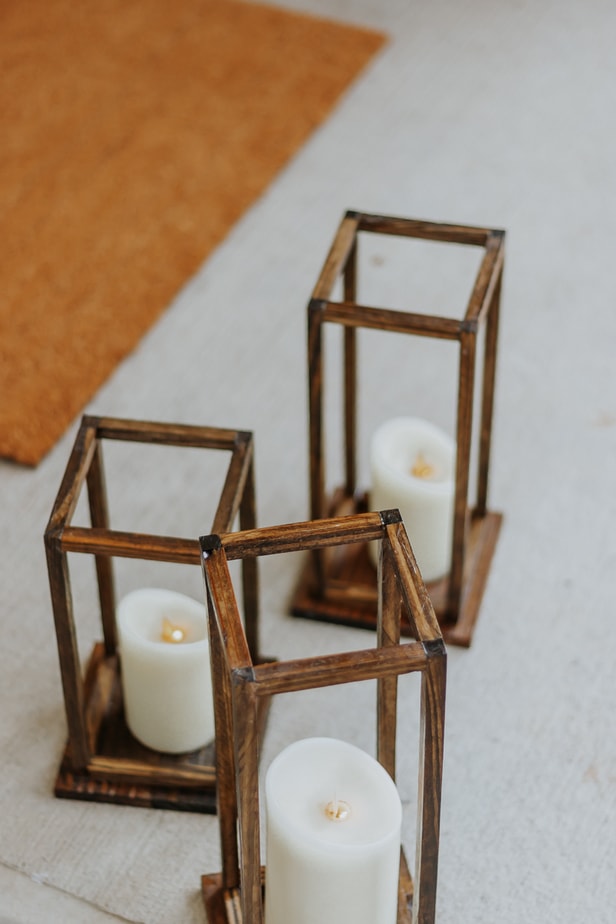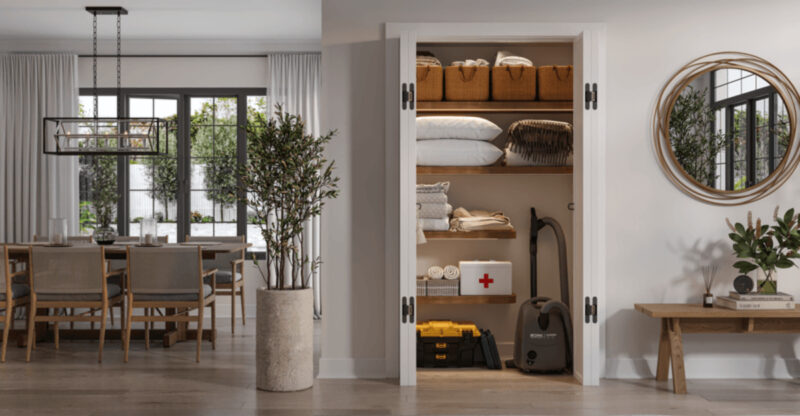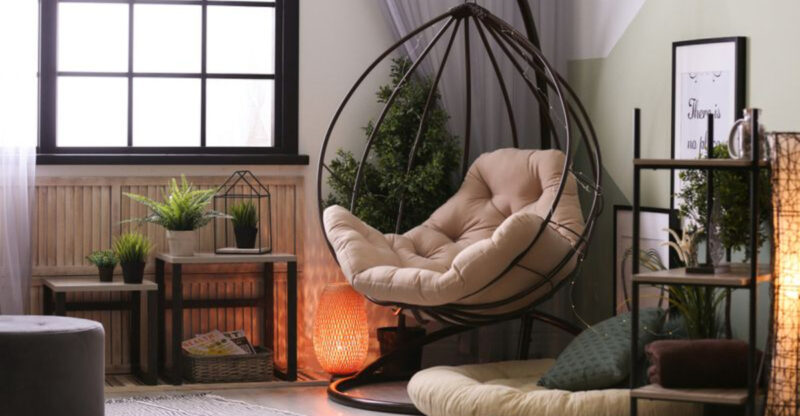8 Visual Tricks That Open Up A Small Bedroom
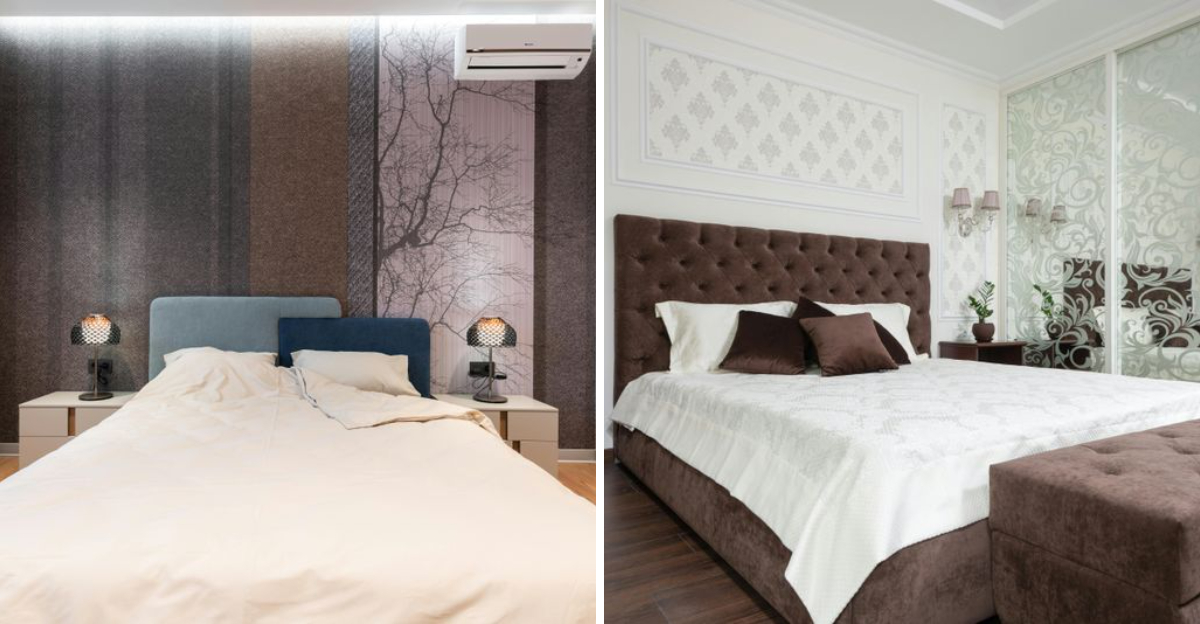
Feeling like your small bedroom just doesn’t have enough breathing room? You’re not alone, many people struggle with making compact spaces feel open and inviting.
The right design choices can make a big difference, helping your room look bigger without adding a single square foot.
In this article, you’ll discover some visual tricks that can instantly open up your bedroom and maximize every inch. Tips are based on widely accepted interior design practices and may need to be adjusted for specific room layouts.
1. Use Light, Neutral Wall Colors
Ever noticed how dark colors seem to close in on you? Light neutrals like soft whites, pale grays, and gentle beiges magically push walls outward, creating breathing room where none existed.
These wall colors reflect natural light rather than absorbing it. Using this simple paint trick creates an immediate sense of openness that darker shades simply cannot achieve.
Plus, neutral backgrounds make your furniture and accessories pop without overwhelming the space.
2. Hang Curtains High And Wide
Where you position those curtain rods makes all the difference! Mounting them near the ceiling instead of just above the window frame creates a powerful illusion of height and grandeur.
Extend your curtain rods about 10-12 inches beyond each side of the window. This clever positioning trick allows more natural light to pour in when curtains are open.
The vertical lines draw eyes upward, making ceilings appear higher while simultaneously suggesting the windows are larger than reality.
3. Incorporate Mirrors To Reflect Light
Did you know mirrors are basically windows you can place anywhere? Strategic mirror placement doubles visual space instantly by reflecting both natural and artificial light throughout the room.
Placing a large mirror opposite a window captures outdoor views and bounces daylight into every corner. Mirrors create the perfect optical illusion that fools the eye into seeing more space.
For maximum impact, try a floor-to-ceiling mirror or a collection of smaller decorative ones grouped together.
4. Choose Low-Profile Furniture
Bulky furniture eats up visual space faster than anything else! Low-profile pieces sit closer to the floor, creating more breathing room above them and less visual weight in the room.
Platform beds without headboards work wonders in tight quarters. The streamlined silhouettes of mid-century modern furniture were practically designed for small spaces.
When furniture doesn’t dominate your sightlines, the entire room feels more spacious and uncluttered.
5. Keep The Floor As Clear As Possible
Though it seems counterintuitive, empty floor space makes rooms feel larger than filling every inch with furniture. Visible flooring creates a continuous flow that expands the perceived size of any room.
Wall-mounted lighting eliminates the need for bulky lamps on nightstands. Consider floating shelves instead of floor-standing bookcases.
The more uninterrupted floor you can see, the larger your bedroom will feel. It’s a visual trick that works every time.
6. Use Multi-Functional Furniture With Storage
If Marie Kondo and a furniture designer had a baby, it would be multi-functional storage pieces! Beds with drawers underneath, ottomans that open up, and nightstands with compartments eliminate clutter while serving double duty.
Storage benches at the foot of the bed provide seating and hide extra linens. Headboards with built-in shelving eliminate the need for additional bookcases.
These clever pieces maintain visual simplicity while secretly housing all your stuff, the ultimate small-space superpower.
7. Limit Bold Patterns And Clutter
However tempting those dramatic wallpapers might be, busy patterns and excess decor items create visual noise that shrinks your space instantly. Visual simplicity equals perceived spaciousness.
Choose one focal point, perhaps a subtly patterned bedspread or a single piece of statement art. Keep surfaces clear of random objects and limit decorative items to a carefully curated few.
This restraint creates breathing room that allows the eye to rest rather than bounce chaotically around the room.
8. Opt For Leggy Furniture To Create Airflow
It’s not just about what furniture you choose, but what’s underneath it! Pieces with visible legs create visual breathing room by allowing you to see the floor extending beneath them.
Nightstands, dressers, and chairs with slender legs maintain an airy feeling that bulky, solid-to-the-floor pieces simply can’t match.
This “floating” furniture trick works because your eye registers the entire floor footprint rather than just the exposed portions, making the room feel significantly more spacious and less crowded.

